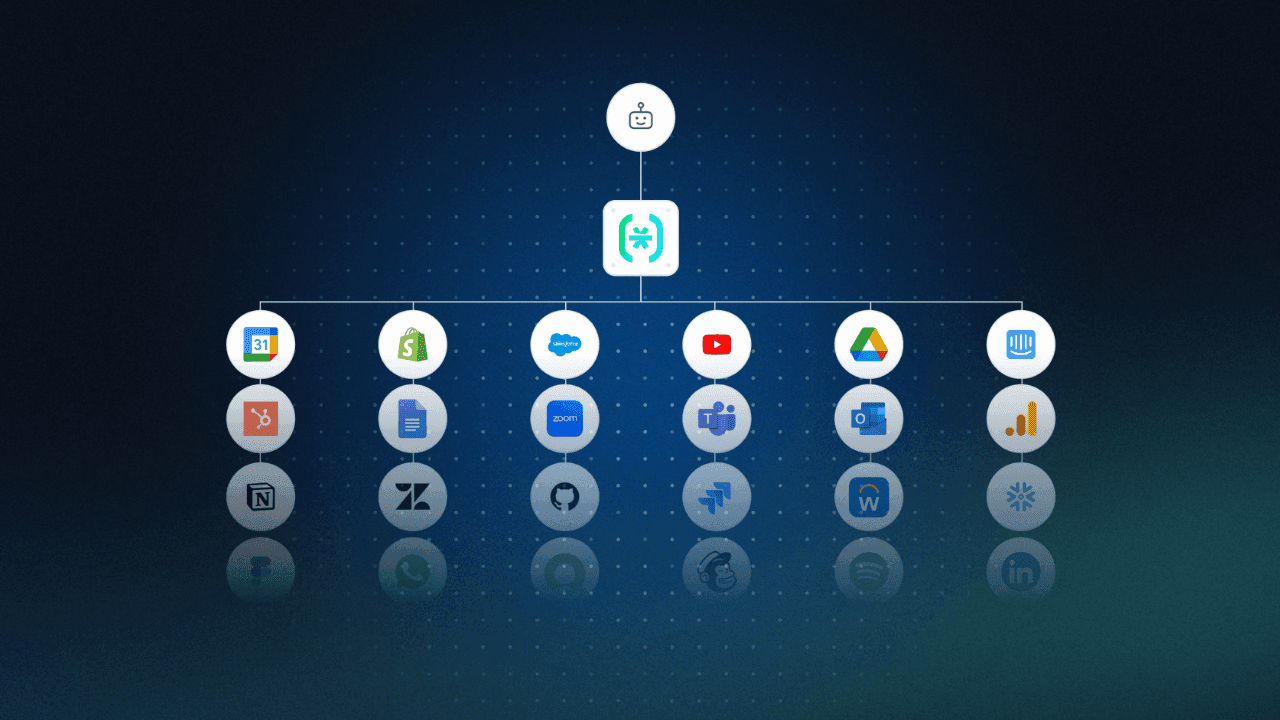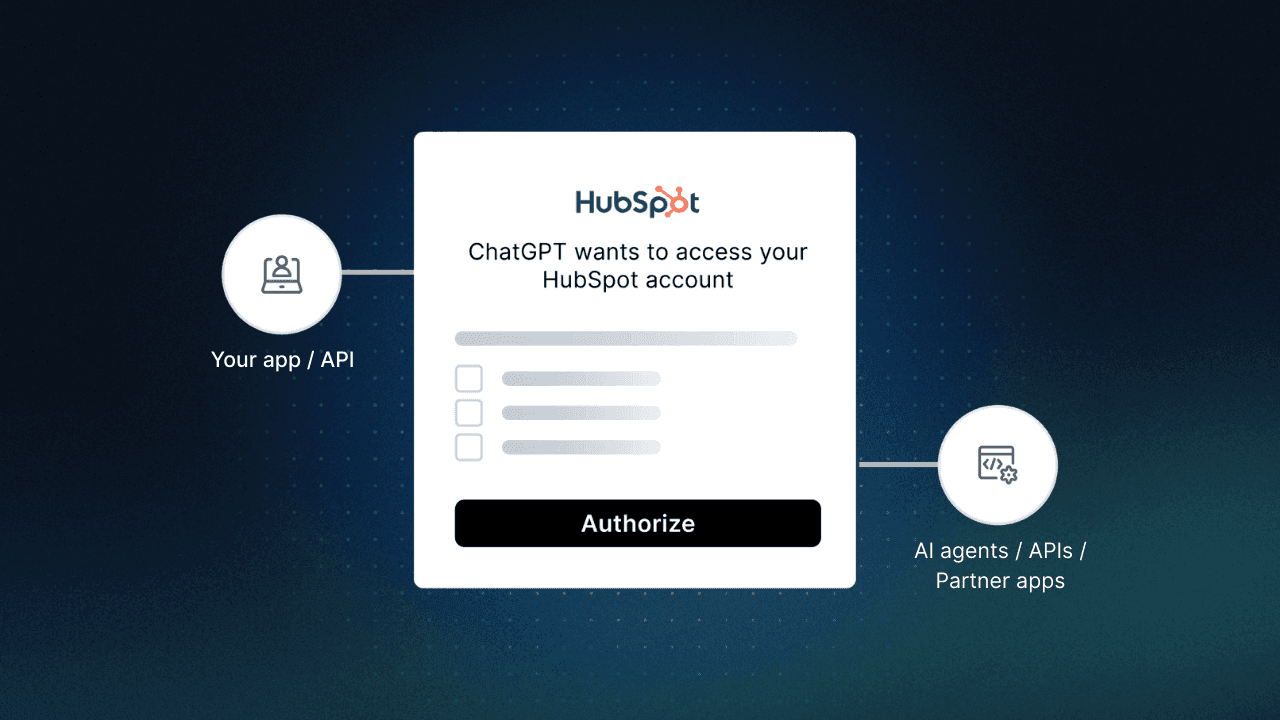Table of Contents
The rise of AI-native IDEs
Let’s face it: switching between browser tabs, terminals, and tools while building apps can be exhausting. As codebases grow in complexity, developers are demanding something better: smarter IDEs (Integrated Development Environments) that actually understand their entire project.
Enter Cursor and Windsurf—AI-enhanced IDEs elevating the developer experience. These intelligent code companions can integrate with everything from databases and deployment platforms to identity providers like Descope.
Whether you’re building a mobile app, multi-tenant B2B platform, or agent using external APIs, Descope Flows and SDKs radically simplify user authentication and security. But to get the most out of Descope using an AI-powered IDE, you’ll want it to understand Descope.
This post explains how to add Descope SDKs, use cases, and models to your Cursor or Windsurf context.
The rise of AI-native IDEs
Platforms like Cursor and Windsurf are not just editors with AI. They are fully featured IDEs designed around the assumption that developers are working with a growing constellation of services—authentication providers, databases, hosting platforms, and APIs.
Through MCP (Model Context Protocol) integrations, you can connect Cursor or Windsurf directly to services like:
Netlify – to deploy your frontend
Neon – to set up a Postgres database in seconds
Convex – to manage serverless functions and reactive data
Descope – to power authentication, user management, and API authorization
All of this is happening inside the IDE, reducing the need to toggle between browser tabs, terminals, and dashboards. With the right setup, you can go from idea to working app—complete with OAuth-secured APIs, a Postgres database, and fully embedded login flows—without leaving the editor.
Why Cursor and Windsurf rules matter
Despite their impressive capabilities, AI tools in IDEs are only as effective as the context they’re given. If you’re using Descope as your authentication and authorization provider, it’s important that these AI tools understand not just the SDK syntax, but the architectural intent behind your choices.
This is where .cursor/rules and .windsurf/rules files come in.
These files serve two critical functions:
Teaching the IDE how to use the Descope SDKs properly: This includes calling the correct hooks and methods (
useSession,useUser, etc.), using hosted Flows, and respecting secure patterns around session management and authorization enforcement.Explaining Descope’s key use cases and models: By including guidance on when to use Inbound Apps vs. Outbound Apps, or how Descope fits into a multi-tenant SaaS or MCP server, the rules provide the AI with the nuance it needs to offer accurate, architecture-aware suggestions.
The goal: Better answers, fewer context switches
Well-written rules reduce the need to open external documentation, switch to a browser, or leave your editor to ask questions. The AI will not only help you implement Descope SDKs—it will understand why you're using them, and guide you toward patterns that fit your use case.
Descope use cases that benefit from better IDE context
Descope is a flexible IAM platform that supports a wide range of scenarios for external identities. With proper rules and IDE configuration, AI tools like Cursor and Windsurf can help you build for each of the following directly from within your code editor:
Authentication and Flows: Either use Descope’s hosted (with Descope as an OIDC or SAML provider) or embedded Flows to handle login, signup, OTP, magic links, passkeys, and enterprise SSO.
B2B CIAM: Descope supports tenant-aware flows, user provisioning, and dynamic role assignments, enabling scalable access control for enterprise applications.
API authorization: Secure APIs with OAuth 2.0 tokens issued by Descope Inbound Apps. With OpenAPI spec integration, you can automatically define scopes and restrict API access to only what’s needed—perfect for partner integrations and AI agents.
Third-party OAuth: Manage user consent, store and rotate OAuth provider tokens, and access external APIs on behalf of users or agents from a centralized, secure system using Descope Outbound Apps.
MCP server authorization: Descope integrates with MCP (Model Context Protocol) to issue tokens for agents that want to call tools and APIs securely. These integrations ensure the AI is operating within defined permissions and user contexts.
How rules enhance the AI experience
Here’s an example of how your AI assistant will behave differently with rules in place:
Scenario | Without Rules | With Descope Rules |
|---|---|---|
"Add login" | Builds a custom form, possibly insecure | Suggests embedding <Descope flowId="sign-up-or-in" /> |
"Get current user" | Decodes JWT manually | Uses useSession() hook or backend validateSession() |
"Add anonymous users" | Tries to create user via SDK | Returns accurate info: only supported via Flow |
"Secure API route" | Omits token check or uses wrong method | Suggests sdk.validateSession(token) on backend route |
"Connect to third-party API" | Unaware of OAuth storage | Recommends using Outbound Apps for scoped, consented access |
By including Descope’s architectural models in the rules file—not just method signatures—you help the IDE make smarter choices across the stack.
Getting Started
Download the Descope Cursor Rules File
Save the file as
.cursor/rules.mdcor.windsurf/rules.mdcin your project rootOpen your project in Cursor or Windsurf
Begin building—and watch your AI assistant guide you through authentication, flows, and secure app architecture
The video below shows how Cursor (when given the Cursor Rules File as context) perfectly adds authentication to a Next.js app using Descope with a single prompt.
Conclusion
In a world where AI is becoming a core part of how we build software, having contextual, architecture-aware IDEs is critical. Platforms like Cursor and Windsurf are reshaping the developer experience by letting us integrate everything—authentication, databases, hosting, APIs—without leaving the editor.
By pairing these platforms with Descope and a well-structured rules file, you unlock an intelligent, secure, and productive development workflow that allows you to:
Build mobile apps with native authentication flows
Create multi-tenant SaaS platforms with embedded login
Secure APIs for partners and agents
Manage external integrations and OAuth tokens
Architect everything with minimal overhead, directly from your IDE
Ready to build? Sign up for a free Descope account and check out our rules files in our Descope AI repo and take the next step toward a more efficient, AI-powered development experience.






